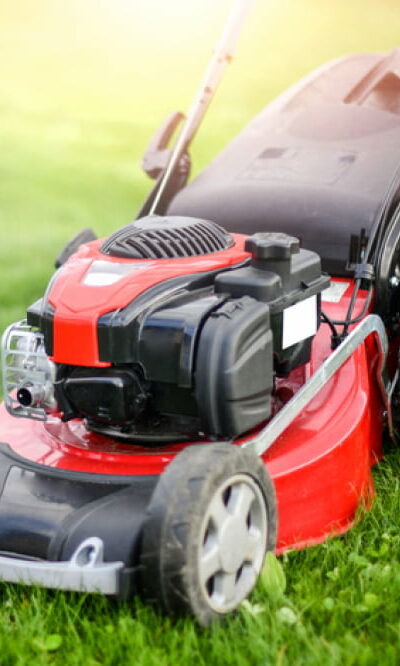
Common Mistakes to Avoid While on a Cruise
Cruise vacations are becoming increasingly popular, with several cruise lines entering the business. Established names in this industry, like Silversea Cruises, offer exciting European packages to exotic destinations in the continent, which are excellent for unwinding with friends and family. But unfortunately, many travelers make mistakes that prevent them from enjoying their time aboard. Here are a few mistakes to avoid, whether you’re a first-timer on a cruise or someone who enjoys voyages often. Staying inside the cabin all day Vacation cruises host plenty of entertainment and adventurous activities throughout the day. For instance, you may find fitness centers, spas, game areas, and cooking demonstrations by experienced chefs. Some ships organize sports like table tennis, shuffleboard, and water volleyball. There may also be a play or a movie screening in the ship’s theaters for evening fun. Participating in these onboard activities will make your holiday more memorable than staying in the cabin. So, read the daily event schedule on the cruise line’s app and plan your time accordingly. Some popular activities may require a prior reservation as they get booked quickly. Not exploring other food options A common mistake most passengers make is not exploring the different eateries on the ship. Cruises are not limited to the traditional buffet. A bit of research will help you find other casual dining alternatives. For instance, you may find a café, burger joint, burrito shop, or pool grill for a peaceful dining experience. Most ships have dining rooms where you can go dressed up in smart casuals and enjoy the food, which is much better than the buffet. Some also host special dining events like a meal with the chef or specialty food tasting. While such activities usually cost extra, they’re worth every penny. So, skip the buffet, especially on the embarkation day, when you’ll find yourself waiting in long lines and searching for an empty table.










